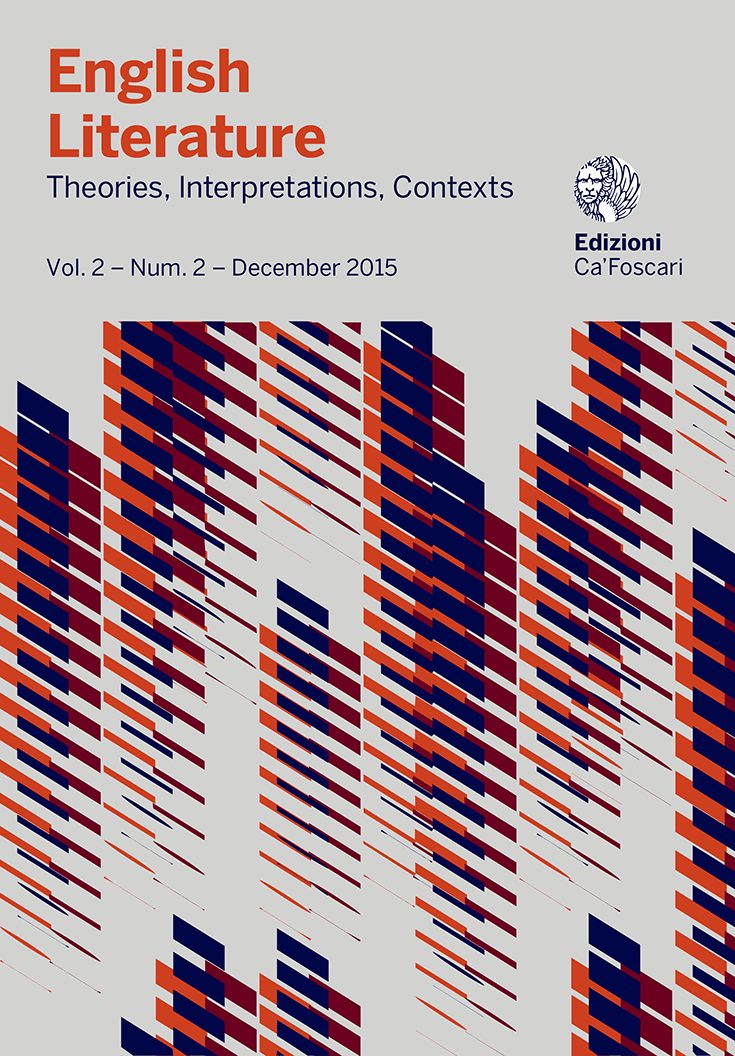
- search 286 views
- file_download 70 download
- keyboard_capslock metadata
-
mark_email_readIscriviti alla newsletter
Late Victorian Modes of the Aesthetic Impure
The Strange Case of Arthur Machen
abstract
Gilles Menegaldo, Professor, University of Poitiers Abstract Late-Victorian Modes of the Esthetic Impure: The Strange Case of Arthur Machen In his fiction (novels and short stories), the Welsh fin de siècle writer Arthur Machen tends to feature various forms of transformations/mutations of the body, often associated with transgressive practices (scientific or occult experiments) implying some form of moral deviation or perversion in relation with forbidden knowledge. In The Great God Pan set in London, Machen stages one of these uncanny experiments, the mating of a young girl with the God Pan which brings to the world a feminine incarnation of evil who leads her many suitors to suicide. In The Three Impostors, a novel or rather a loosely connected collection of stories, the author emphasizes the way in which the supernatural encroaches upon the empirical world. Various modes of body hybridity and physical and mental degeneracy are foregrounded, but the description of these devolution processes generates a strong feeling of fascination mingled with a sense of horror and abjection, thus illustrating the notion of esthetic impure which may be considered at various levels: in the diegetic universe, as an ethical issue, but also as a generic/textual one. The city of London itself appears as a cosmopolitan, hybrid, labyrinthine locus, invested with beauty and sublimity but also with decadence, moral corruption and archaic, primitive forms of behaviour. The text itself evinces a certain form of impurity because of its hybrid status and its use of various genre conventions at time verging upon parody or pastiche.
Keywords: Arthur Machen • Hybridity • Metamorphosis • Decadence



